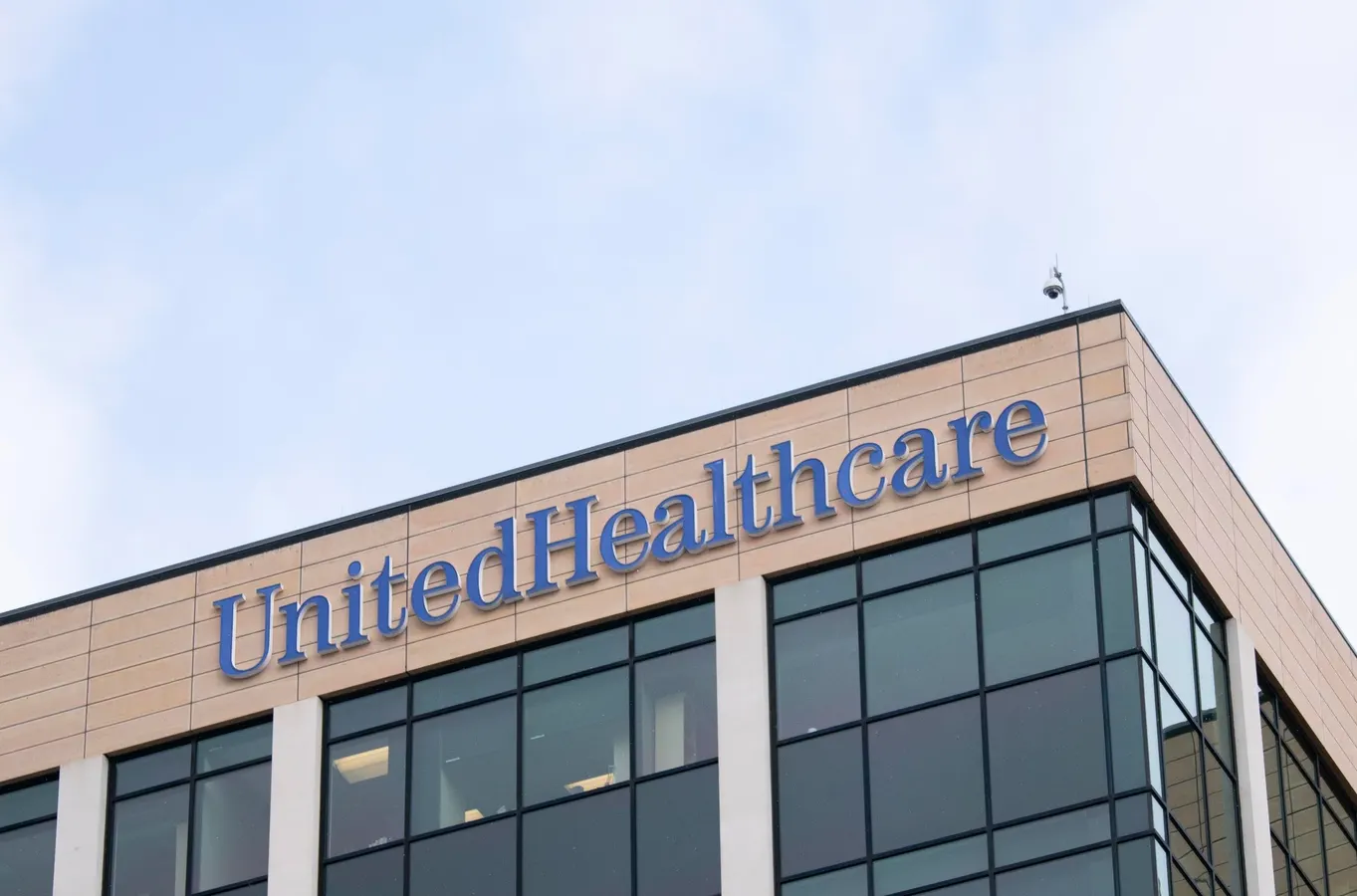Copyright forbes

UnitedHealth Group’s third-quarter net income tumbled to $2.3 billion as the giant provider of health benefits and services works toward a recovery from rising costs of providing health insurance to millions of Americans, the company said October 28, 2025. In this photo is a general view outside of UnitedHealth's United Healthcare corporate headquarters on December 4, 2024 in Minnetonka, Minnesota. (Photo by Stephen Maturen/Getty Images) Getty Images UnitedHealth Group’s third-quarter net income tumbled to $2.3 billion as the giant provider of health benefits and services works toward a recovery from rising costs of providing health insurance to millions of Americans. UnitedHealth, which brought back Stephen Hemsley to be chief executive officer earlier this year, remains focused on “accelerating growth in 2026 and beyond,” executives said Tuesday in a statement accompanying the company’s third quarter earnings report. In May, UnitedHealth Group suspended its financial outlook for the rest of the year and replaced its top executive, Andrew Witty, as the parent of UnitedHealthcare grapples with rising healthcare costs in its government-subsidized health insurance businesses. Net income in the third quarter was about one-third of what it was at this time last year, falling to $2.35 billion, or $2.59 a share, for the three-month period ending Sept 30. That compares to $6.05 billion, or $6.51 per share in the third quarter of last year. But Tuesday’s report showed signs UnitedHealth may be headed toward a recovery. UnitedHealth increased its 2025 earnings outlook to “at least $14.90 per share” compared to an earlier forecast of net earnings of at least $14.65 per share. Meanwhile, the company updated its adjusted net earnings per share to “at least $16.25” from an earlier forecast of adjusted earnings of at least $16 per share. MORE FOR YOU Total revenues were up 12% to more than $113 billion in the third quarter and the company’s health insurance business, UnitedHealthcare, signaled the company was beginning to get a handle on the cost issues plaguing the industry. UnitedHealth Group, which has more than 50 million health plan subscribers under its UnitedHealthcare health insurance business, is seeing rising costs among health plan members in all three government-subsidized benefits it helps manage: Medicaid, Medicare Advantage and individual coverage under the Affordable Care Act, also known as Obamacare. Like other health insurance plans, UnitedHealth is seeing higher benefits expenses, reporting that its “consolidated medical care ratio,” which is the percentage of premium revenue that goes toward medical costs, was 89.9.%, “a year-over-year increase of 470 basis points . . . primarily driving by the previously described significantly elevated cost trends, as well as the ongoing effects of the Biden-era Medicare funding reductions and changes to the Part D program from the Inflation Reduction Act.” The higher medical expenses have also hit UnitedHealth’s rivals, including Elevance Health, Humana and CVS Health’s Aetna, which have seen historic spikes in costs, particularly in their Medicare Advantage plans in part due to seniors seeking more medical care than in the past. Medicare Advantage plans contract with the federal government to provide health benefits to older adults. Last year, UnitedHealthcare’s medical care ratio was around 84% and in earlier years, particularly during the Covid-19 pandemic when Americans and older adults in particular were delaying treatment and not seeking regular care, the health insurer’s medical care ratio was around 82%. But on Tuesday, UnitedHealth said its “medical care ratio of 89.9% was in line with expectations outlined in the second quarter 2025.” “We remain focused on strengthening performance and positioning for durable and accelerating growth in 2026 and beyond, and our results this quarter reflect solid execution toward that goal,” Hemsley said in a statement accompanying the earnings report. UnitedHealth’s businesses continue to grow with revenue at UnitedHealthcare up $12.2 billion, or 16%, to $87.1 billion. Meanwhile, the company’s giant healthcare services business, Optum, grew its revenues 8% to $69.2 billion driven by its pharmacy benefit management company, OptumRx. Though the company acknowledged revenue growth at Optum Health and Optum Insight were flat, OptumRx’s “third quarter 2025 revenues of $39.7 billion increased 16% year-over-year driven by growth in script volumes from new clients and growth in existing clients, as well as growth in pharmacy services.” Editorial StandardsReprints & Permissions



